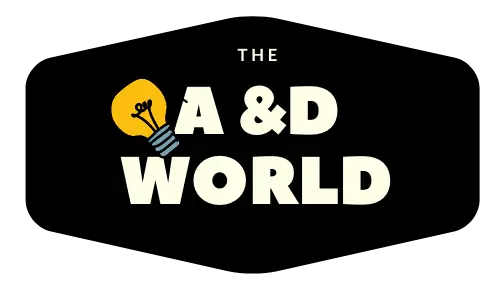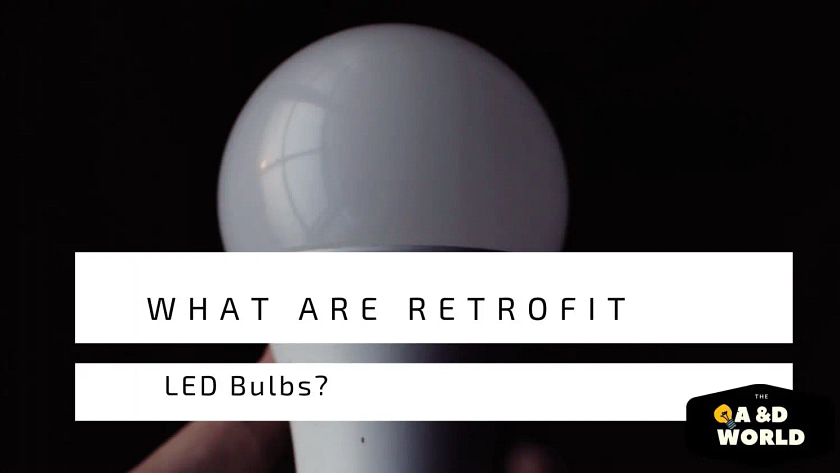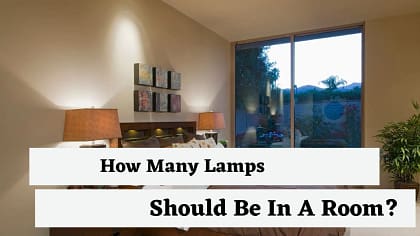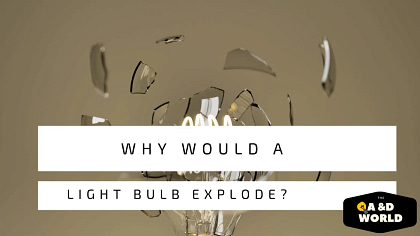Retrofitting refers to adding improvement to something that already exists. Therefore, with fixtures swapping out your old bulbs with modern LEDs. These fixtures make it easy to use in old incandescent or halogen lamps because they can fit in your standard household medium or candelabra base. Besides this, retrofitting is cheaper than replacing all your lights with popular LEDs.
They are available in the most common sockets types and have all of LED’s energy-efficient features. The retrofit bulb does not require any special sockets and has replacement when needed. According to Energy.gov, LED lighting saves 75% more electricity than conventional bulbs and has a longer lifespan.
Retrofit bulbs are available in a wide range of colors, sizes and can accommodate most of your lighting needs. Below will feature all the information you require to swap out your old incandescent, fluorescent, or halogen bulbs into LEDs without changing the entire fixture.
The Pros And Cons Of Retrofiting Light Bulbs
The pros
- Retrofit LEDs save 75% more energy than traditional bulbs. As a result, businesses and homes are saving a lot on their electricity bill each month.
- Changing bulbs are reduced since they last 25 times longer than incandescent bulbs.
- Because LEDs use less heat, they save energy plus reduce cooling costs.
- LEDs are environmentally friendly and safe to use compared to bulbs like fluorescent.
- Retrofits bulbs are very easy to install because they work on traditional sockets.
The Cons
- The dome pattern on retrofit bulbs interrupts LED’s radiation pattern it making them less efficient than LEDs.
- Because traditional fixture sockets were made to handle the heat adding LEDs can reduce the bulb lifespan.
Retrofit LEDs Vs LED Bulbs
While retrofit LEDs have all of the energy-efficient features of LEDs, there is some difference. Retrofit allows you to use your traditional fixture without changing out any parts to accommodate modern LEDs. The cost is also an issue. With LEDs, you may have to change your existing lighting infrastructure. This switch is an additional cost as you may have to hire a professional.
Both retrofit and LEDs have many benefits, but there are some scenarios where either one will suit your best. For instance, if it’s a new construction project and there is full control of the lighting infrastructure, then LEDs are a great choice. Yes, it is a bit more expensive than retrofit. However, they offer better efficiency and create amazing lighting designs.
Once your business or home fixtures have workable components, then replacing them with LEDs isn’t the greatest move. It makes financial sense to use retrofits and change them to LEDs once the old components are at the end of their lifespan. Are you looking to upgrade your to a high functioning technology dream with smart lighting and devices? Then, replace your fixtures to cater to modern LEDs.
Retrofiting LED Lights For Cars
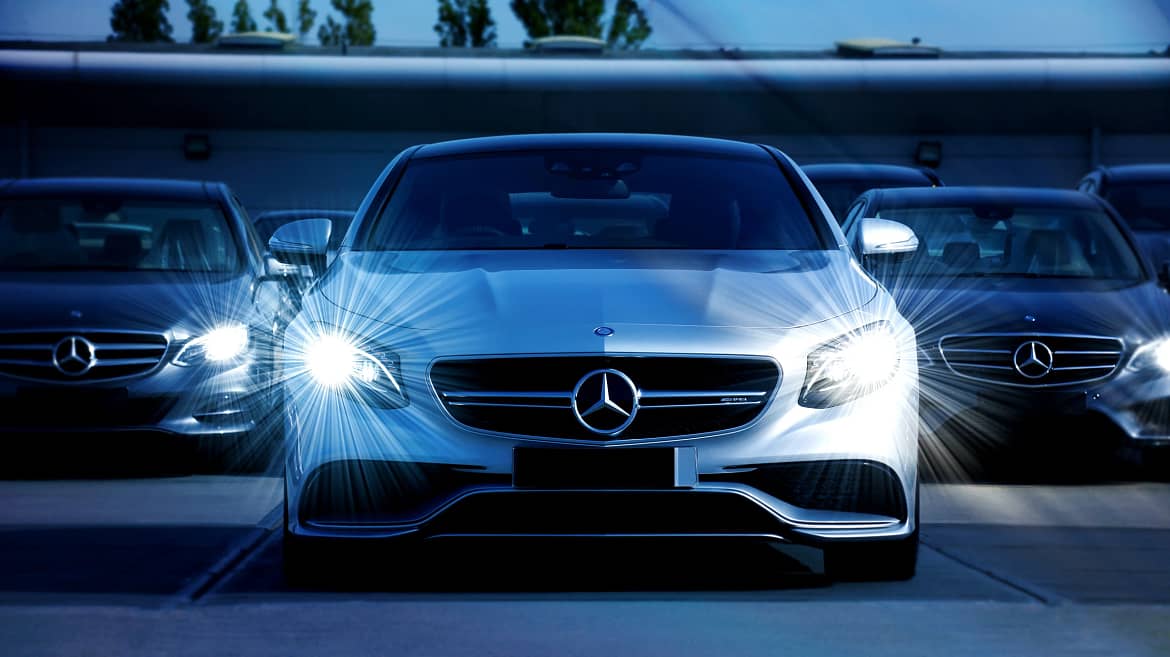
Like light fixtures retrofitting your car’s headlights with LEDs improve brightness and allows you to drive safer on the roads. There are three types of lighting available for cars: halogen, HID and LED. Halogen produces more heat, lowers luminous efficiency, and uses more energy. Moreover, HID is two times brighter than halogen and lasts longer with a good ignition.
LEDs are the newest addition to car lighting: they are easy to install and provide better lighting, especially in dark places. Furthermore, LEDs last 20 times longer than halogen, which means headlight maintenance is low. There is way more color option when you opt for retrofit LEDs.
How much does LED retrofit cost?
The upfront cost for retrofit LEDs bulbs is 3-6 times more expensive than incandescent bulbs, but the long-term cost of running LEDs is cheaper. As mentioned above, LEDs last longer than incandescent, CFL, and halogen. For example, incandescent uses 60 watts, CFL 14 watts, and LEDs at 10 watts. Their lifespan is 1,200 hours for incandescent and 25,000 hours for LEDs. This means you will need to buy 21 incandescent bulbs for just one LED.
For a small home, buying and installing incandescent every time they no longer work isn’t a big deal. However, if you have a business changing 50 traditional bulbs every two months can be expensive. With LEDs, the lifespan is years, not months. The installation cost for retrofit bulbs isn’t that much since they work in a traditional socket.
Therefore, converting to retrofit is one of the best choices when considering the long-term cost for your home or business.
